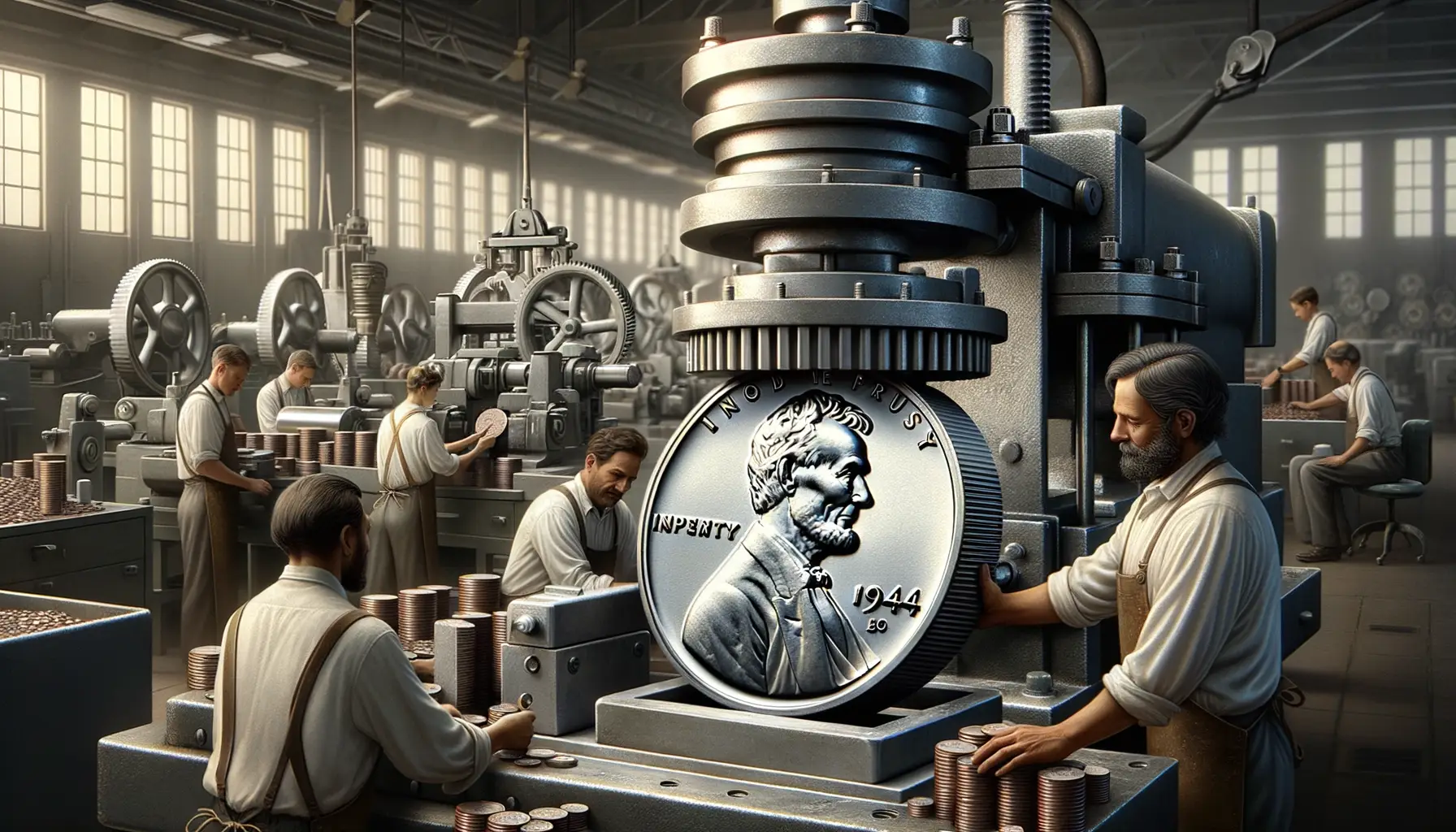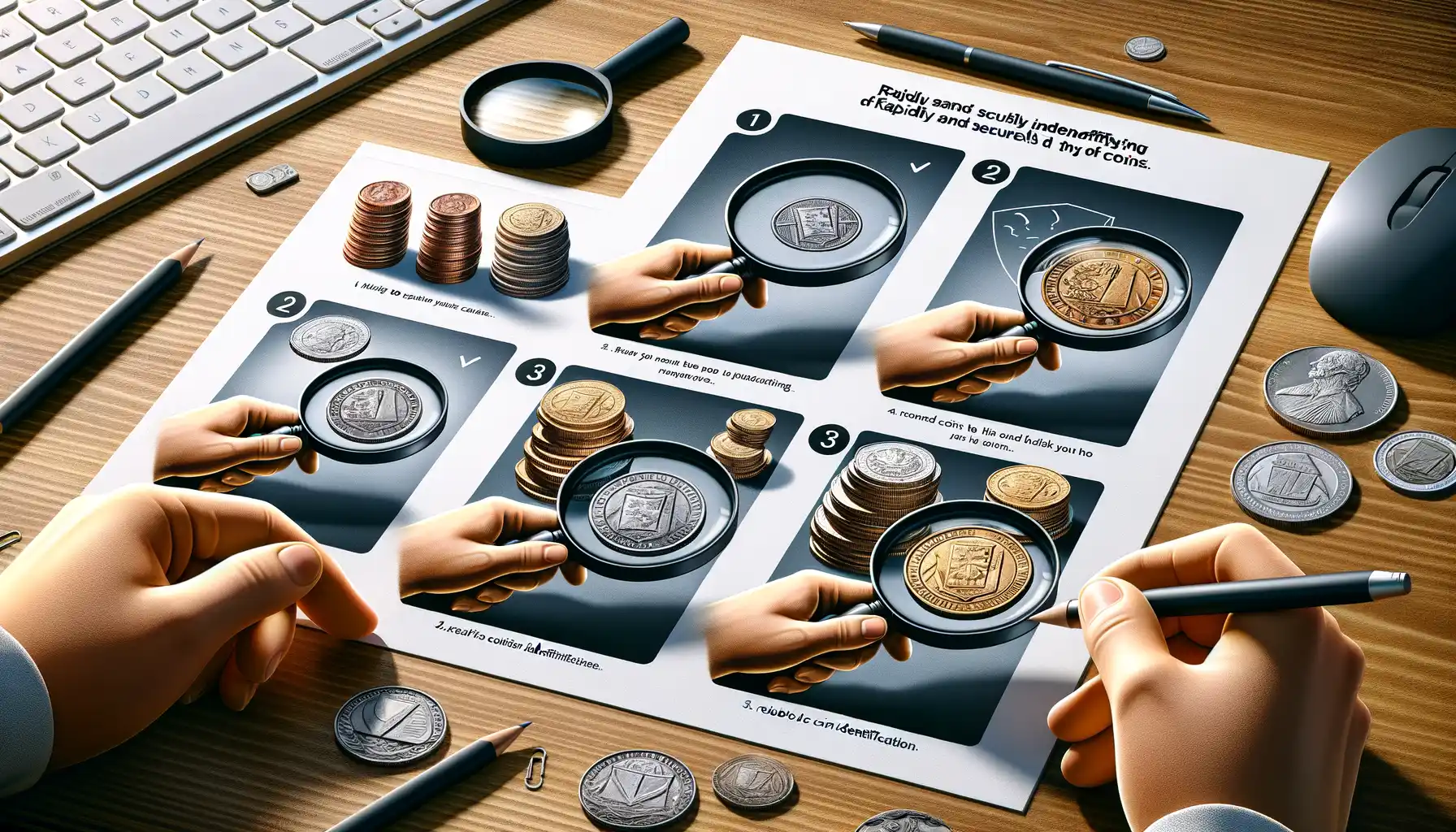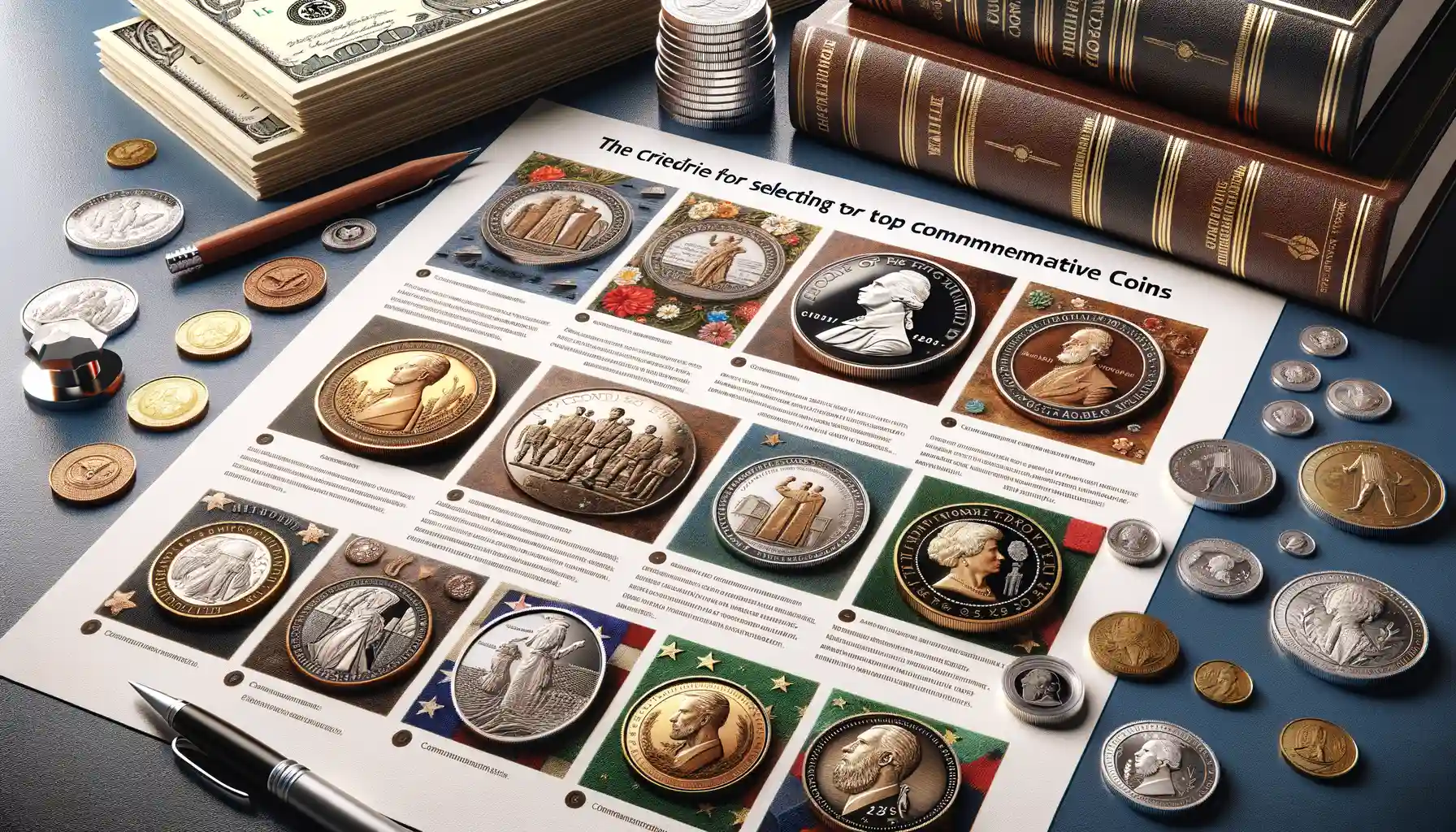The Historical Context of the 1944 Steel Penny
The Metal Shift of Wartime America
Picture this: it’s 1944, and the world is gripped by the chaos of WWII. Every ounce of material mattered—rubber, copper, aluminum—each had a destiny in the war effort. For coins like the penny, copper was no longer just about pocket change; it was a precious resource needed for shell casings, electrical wiring, and military equipment.
In a bold move, the U.S. Mint had already swapped copper for steel back in 1943, creating those iconic silver-toned pennies. But by 1944, a shift occurred. Copper reclaimed its place in coin production thanks to recycled shell casings (talk about poetic justice!). Yet somehow, against the odds and logic, a few rare 1944 steel pennies were struck—perhaps due to leftover steel blanks from earlier production.
Why Steel? Why 1944?
The accidental birth of these coins echoes the unpredictability of wartime manufacturing. Imagine assembly lines racing to meet demand, mistakes slipping through like whispers in the chaos. This resulted in:
- Steel pennies: ghosts of the previous year, haunting 1944 mintage.
- A mystery: Were they simple errors, or an unplanned effort to conserve materials?
Each one tells a story of resilience, adaptation, and, perhaps, human error at lightning speed.
How the 1944 Steel Penny Was Created

The Accidental Birth of the 1944 Steel Penny
Picture this: it’s 1944, and the chaotic heartbeat of World War II is still pounding. Copper is desperately needed for war efforts—think ammunition casings and communication wire, not coins jingling in your pocket. But here’s where the intrigue begins: the U.S. Mint had switched back to producing pennies with copper after a wartime experiment with steel in 1943. Yet, somehow, a handful of steel planchets—blanks left over from the previous year—made their way into the presses meant for the copper pennies of 1944.
This was no deliberate design; it was a mix-up, pure and simple. Imagine a factory worker distracted by the rhythm of machines, unaware they were minting something that would one day fetch thousands at auctions. The result? A rare anomaly born out of wartime chaos.
- These rogue planchets were supposed to be recycled but sneaked through instead.
- A tiny number of the resulting coins ended up in circulation, like treasure hiding in plain sight.
Think about it: a mistake transformed into a collector’s dream. Doesn’t that just make you want to raid your piggy bank?
Rarity and Value of the 1944 Steel Penny

Why the 1944 Steel Penny is So Rare
Picture this: it’s wartime America, 1944, and pennies are supposed to shine like copper suns. Then, out of nowhere, a handful of dull, silvery steel coins sneak into circulation—a striking anomaly born of the chaos of war. These 1944 Steel Pennies are rare, not just uncommon but unicorn-level rare. Why? They weren’t supposed to exist!
In 1943, pennies were made of steel coated in zinc to save copper for munitions. By 1944, copper was back in play—yet, somehow, a few steel planchets from the previous year slipped through at the mint. It’s like a time-traveling accident turned treasure.
How rare are we talking? Only about 15 to 20 authentic examples have been discovered. Now, let that sink in. Think of all the pockets, jars, and piggy banks across America—and only a handful of these coins exist.
Value: A Collector’s Dream
This little oddity isn’t just rare; it’s a financial powerhouse. Depending on its condition, a genuine 1944 Steel Penny can fetch jaw-dropping sums at auction. We’re talking anywhere from $75,000 to over $100,000!
Its value comes from a trifecta of factors:
- Scarcity: With so few verified examples, it’s a collector’s white whale.
- Historical significance: Each coin tells a story of war, resourcefulness, and mistakes turned miracles.
- Condition: The better the penny looks, the higher its price tag climbs.
Owning one of these is like owning a piece of American history—and that’s priceless, even if its auction tag says otherwise.
Tips for Identifying Authentic 1944 Steel Pennies

Unlocking the Mystery: Spotting Genuine 1944 Steel Pennies
The hunt for an authentic 1944 steel penny is like searching for a needle in a coin collector’s haystack—thrilling but tricky. With counterfeits and altered coins out there, arming yourself with sharp detective skills is essential. Here’s how you can separate the real gems from clever imitations.
- Stick to a magnet test: Unlike their copper siblings, these rare steel pennies are highly magnetic. First step? Grab a small magnet and see if the coin reacts—it’s a quick and easy authenticity check.
- Examine the color and shine: The surface of a genuine 1944 steel penny should have a silvery-gray appearance. Any hint of copper coloring could mean the coin isn’t steel or has been coated to deceive collectors.
- Look for signs of tampering: Dishonest sellers sometimes strip copper off regular 1943 or 1944 coins to mimic steel. Inspect edges carefully; improper tooling often leaves subtle marks.
The Devil’s in the Details: Weight and Mint Mark Clues
A true 1944 steel penny weighs about 2.7 grams. Use a digital scale for precision—one gram more or less can reveal a fake. Also, pay attention to the mint mark (the tiny letter under the date). These rare coins typically carry an “S” or no mark at all. If something doesn’t add up, trust your gut—and maybe consult an expert!
Why the 1944 Steel Penny is a Collectors’ Treasure

Unraveling the Allure of a Wartime Rarity
Picture this: a penny so rare, it feels like winning a treasure hunt every time you spot one. The 1944 Steel Penny isn’t just another coin—it’s a piece of history frozen in metal. Collectors often describe it as a wartime anomaly, a fascinating mistake that never should’ve happened, but somehow did. And that’s precisely what makes it irresistible.
During World War II, copper was reserved for making ammunition and war supplies. In 1943, the U.S. Mint switched to steel pennies coated with zinc. By 1944, production returned to copper—yet a handful of steel blanks from 1943 accidentally made their way into the presses. Think of it as a historical “oops” moment that became an icon.
Why is it such a gem for collectors? Here’s why:
- There are fewer than a few dozen known to exist—a true scarcity.
- Each coin tells the story of wartime resourcefulness and human error.
- Its value has skyrocketed over time, with some selling for over $100,000!
When you hold a 1944 Steel Penny in your hand, you’re not just holding a coin—you’re touching a sliver of history that sparks curiosity, conversation, and a little envy among collectors everywhere.




